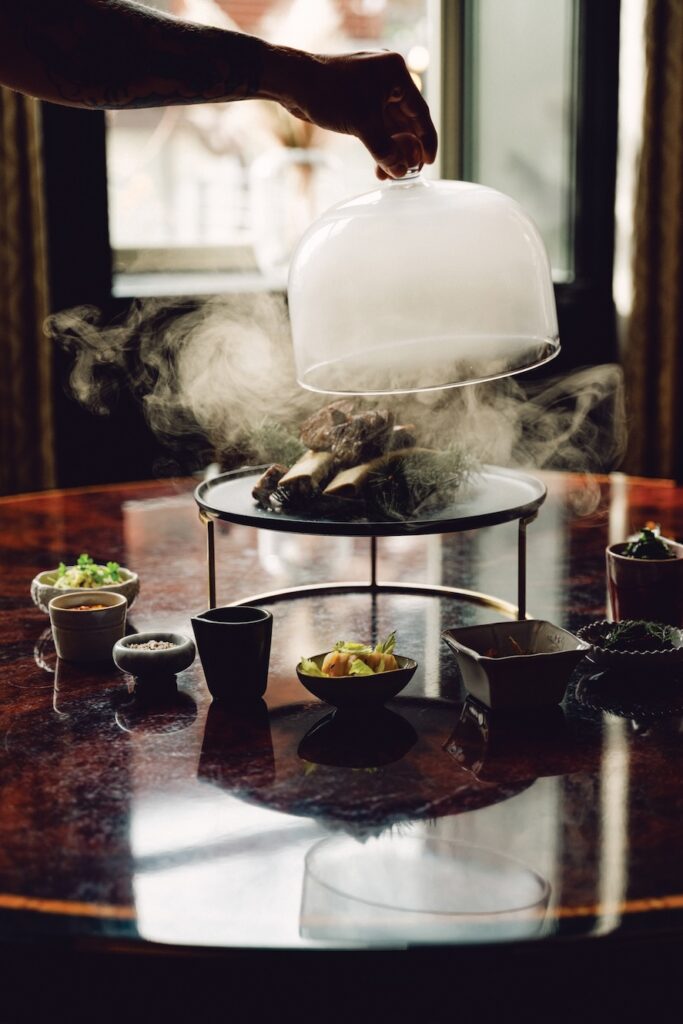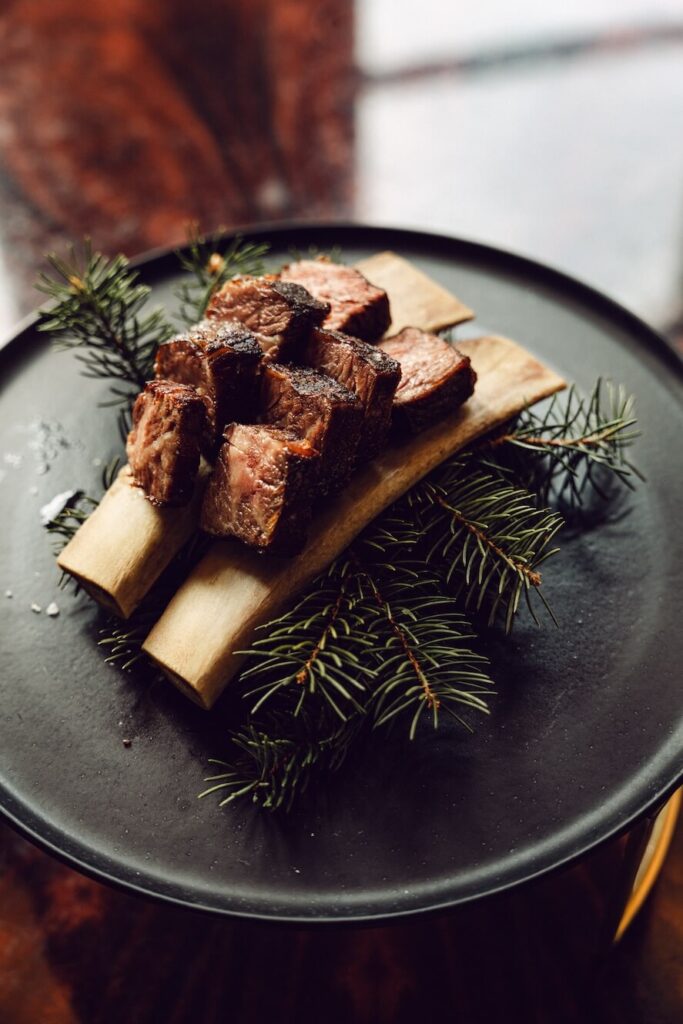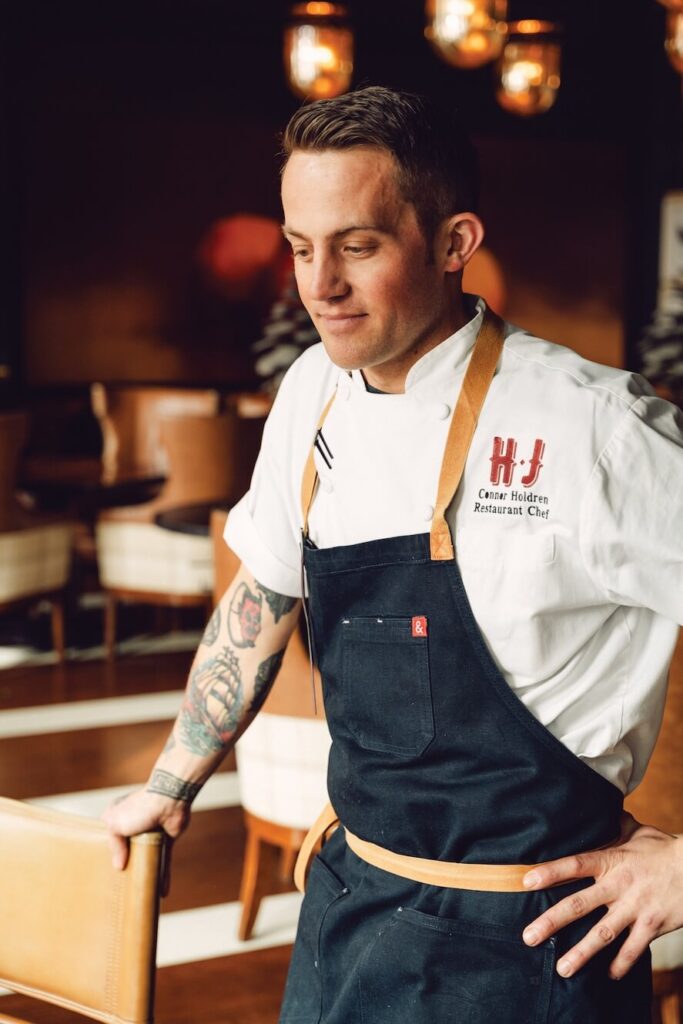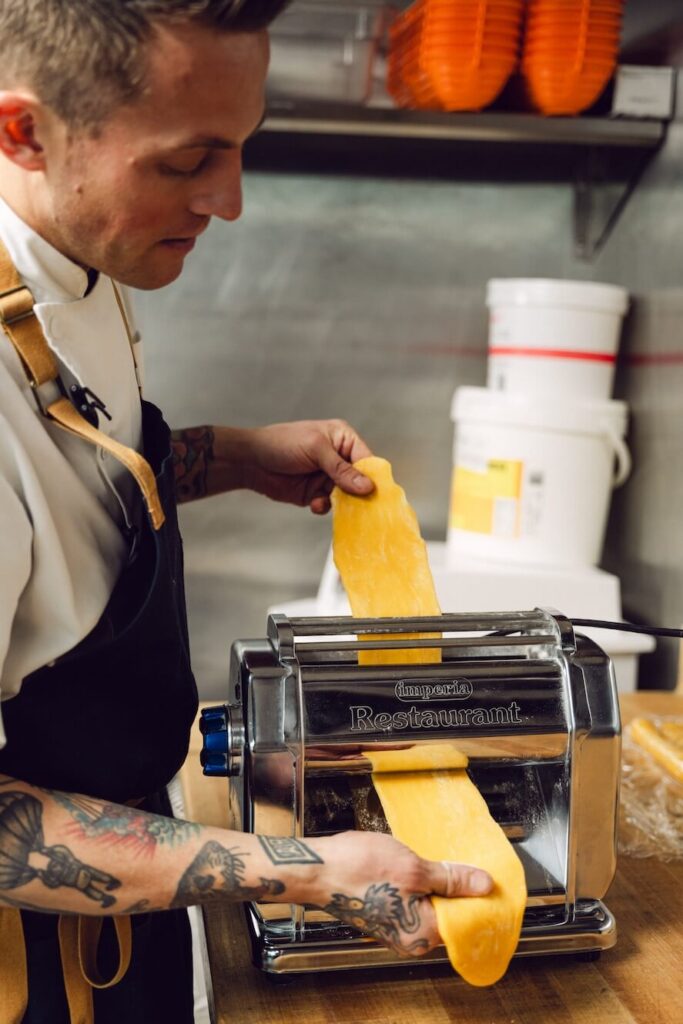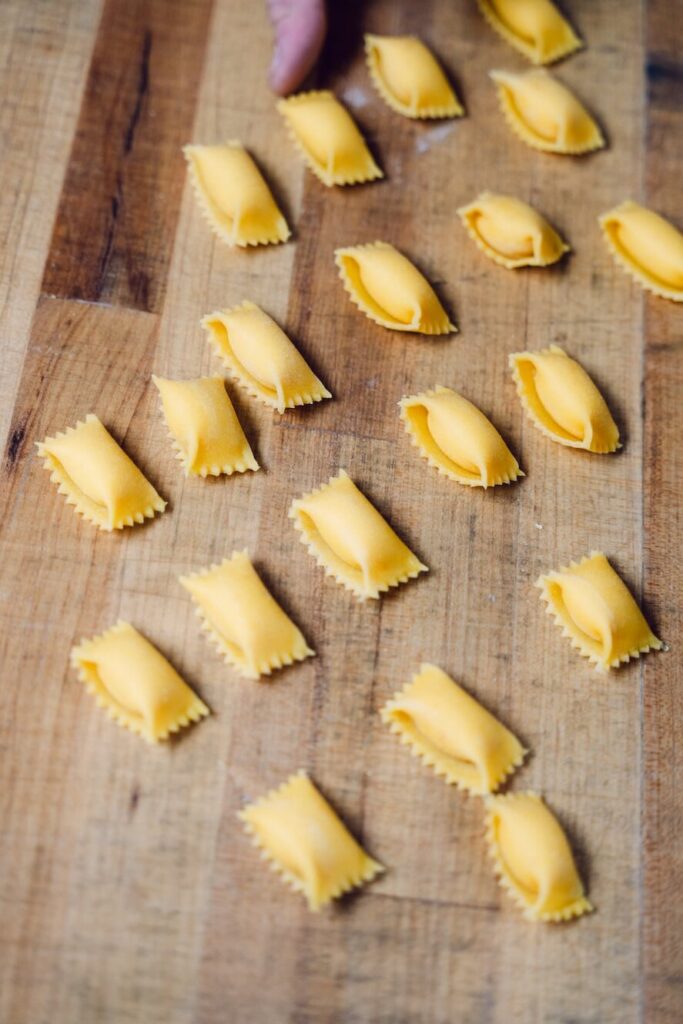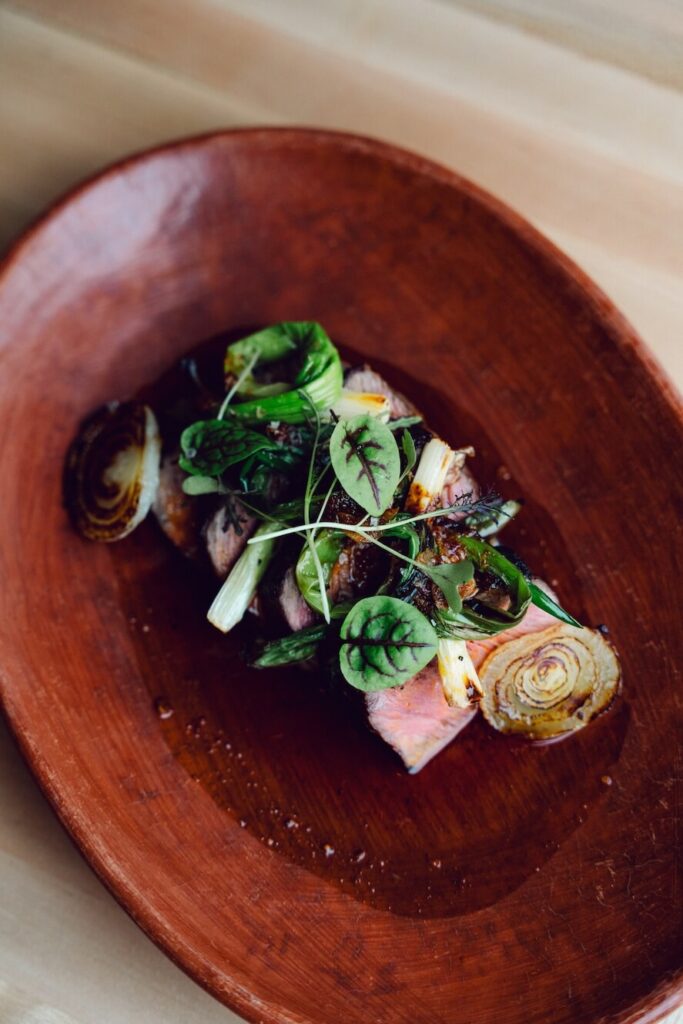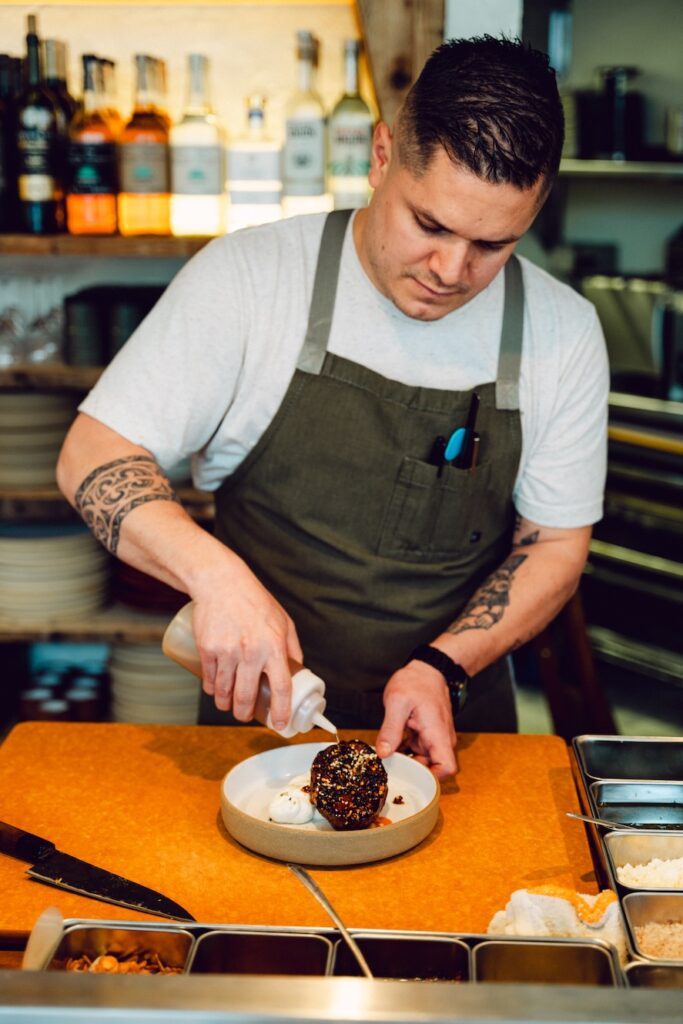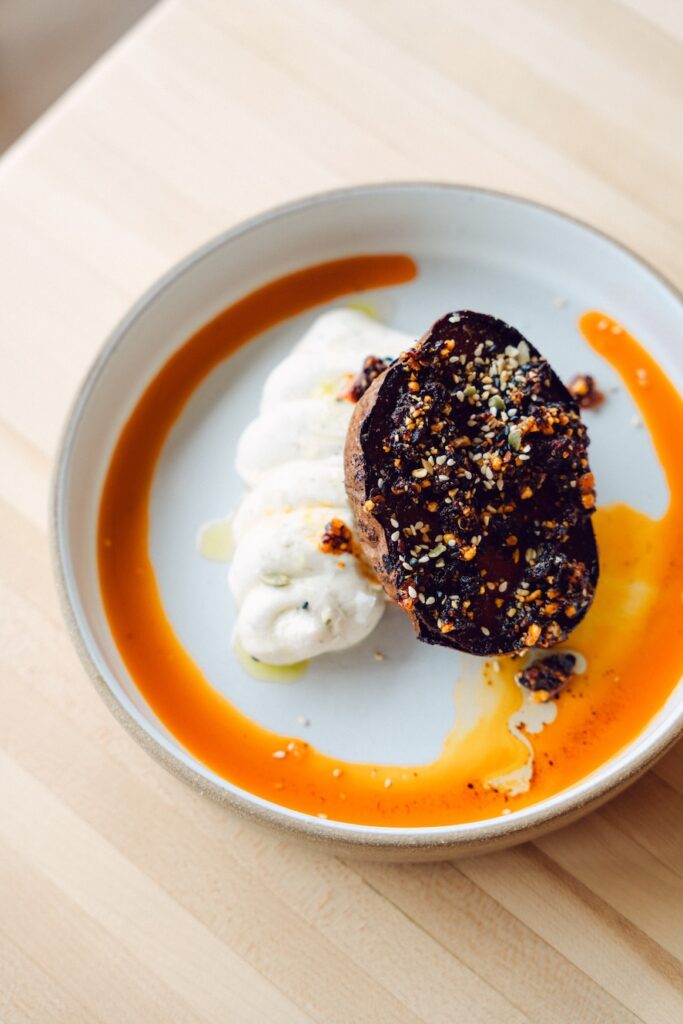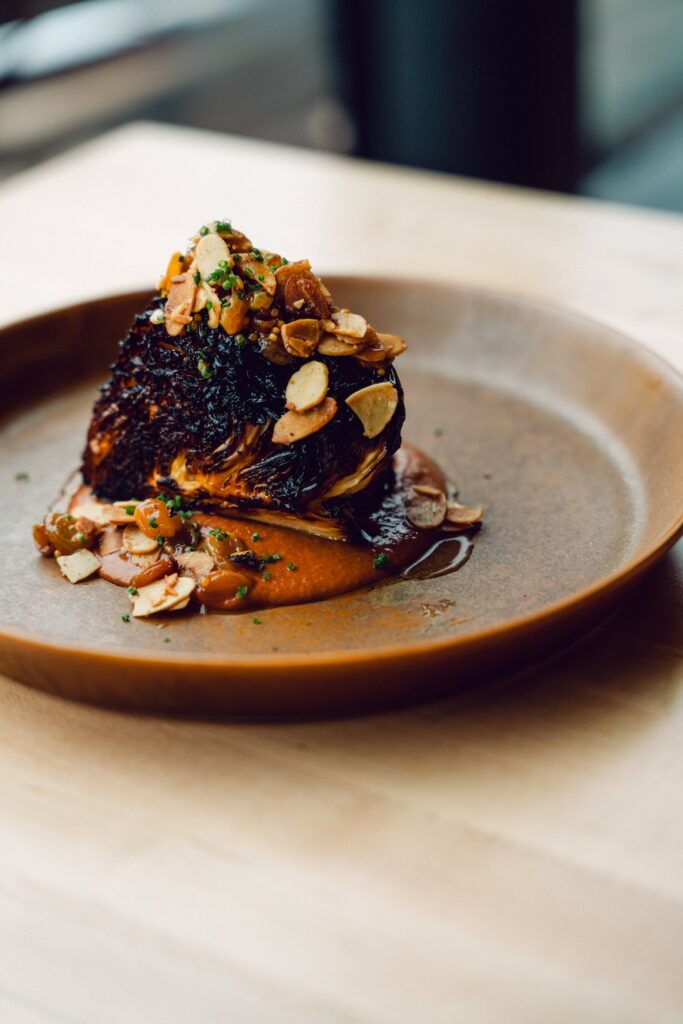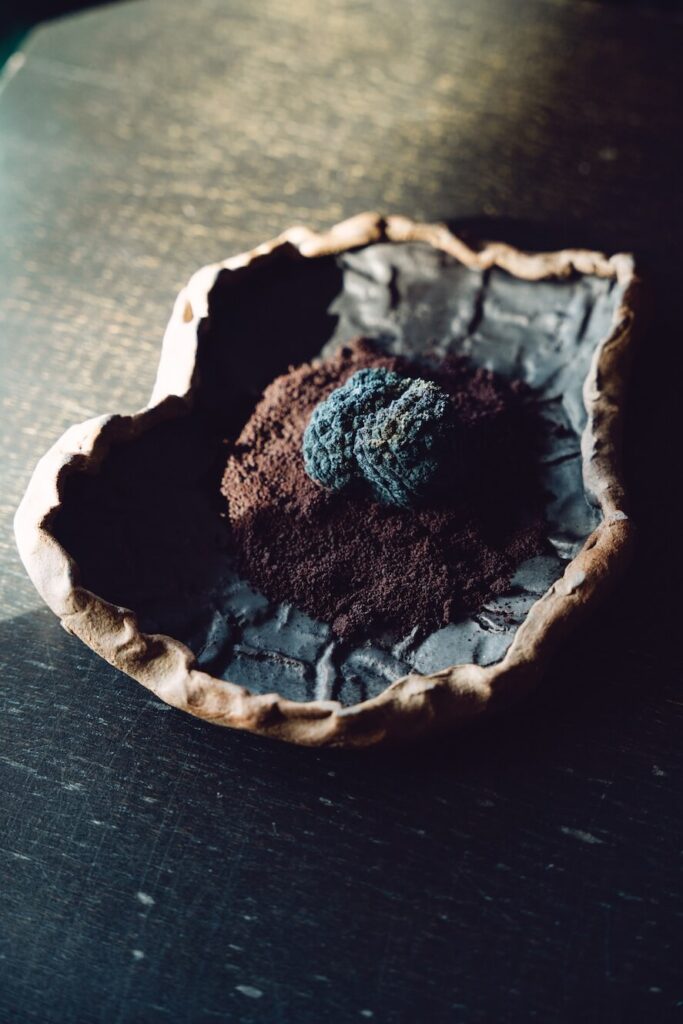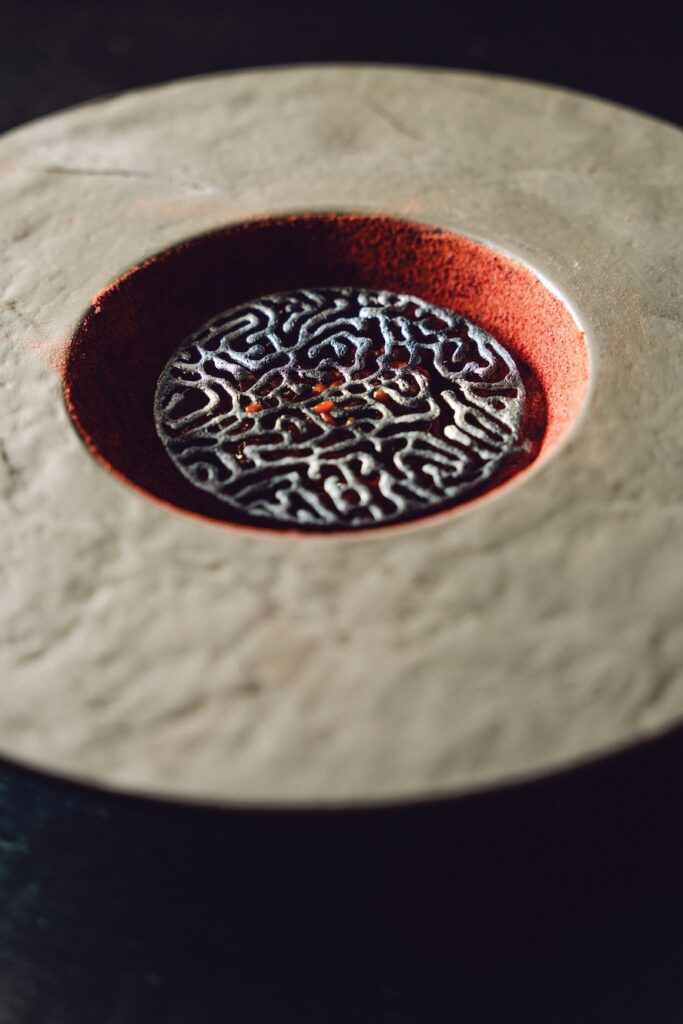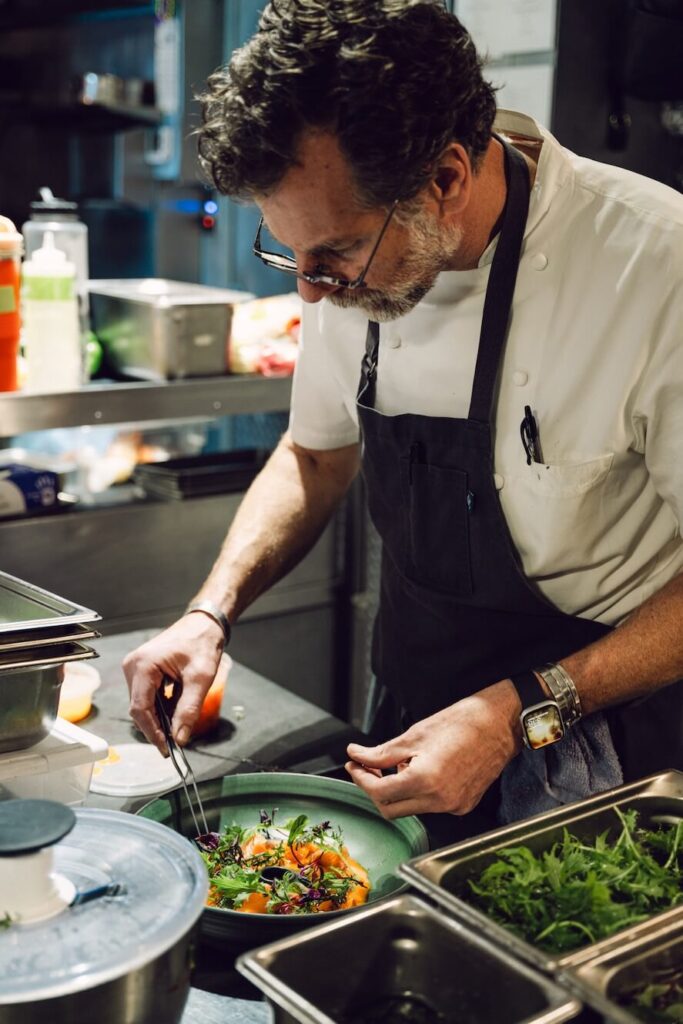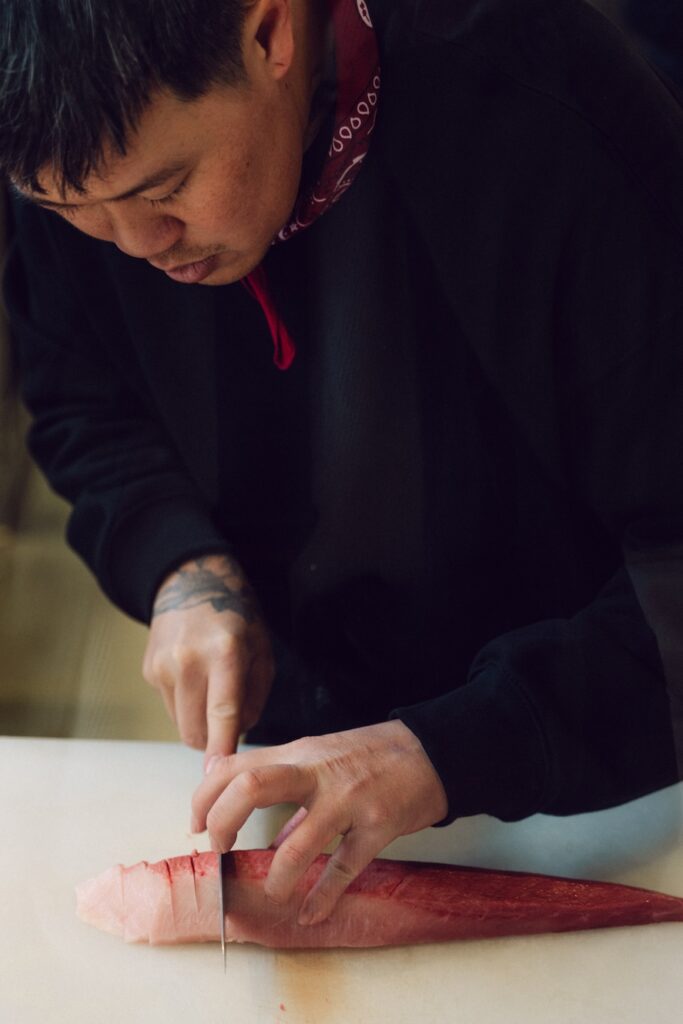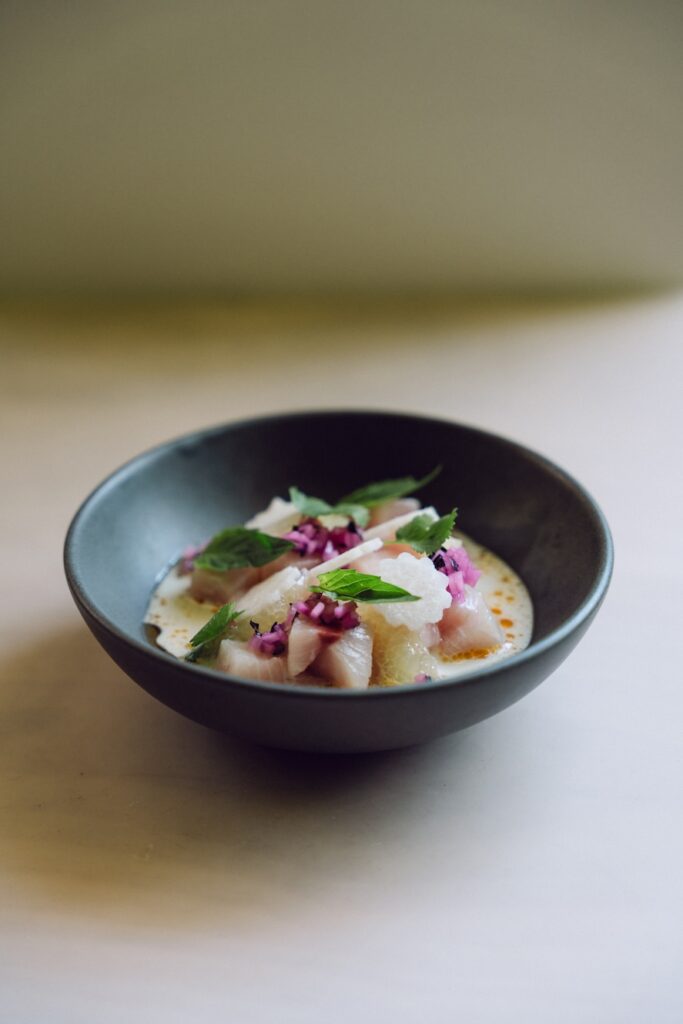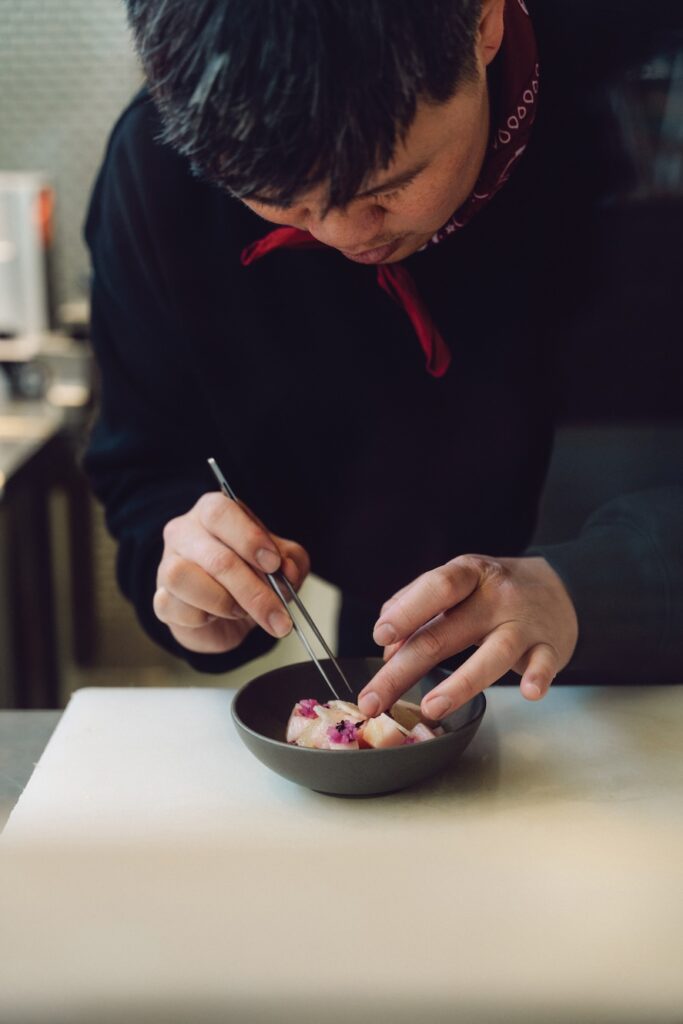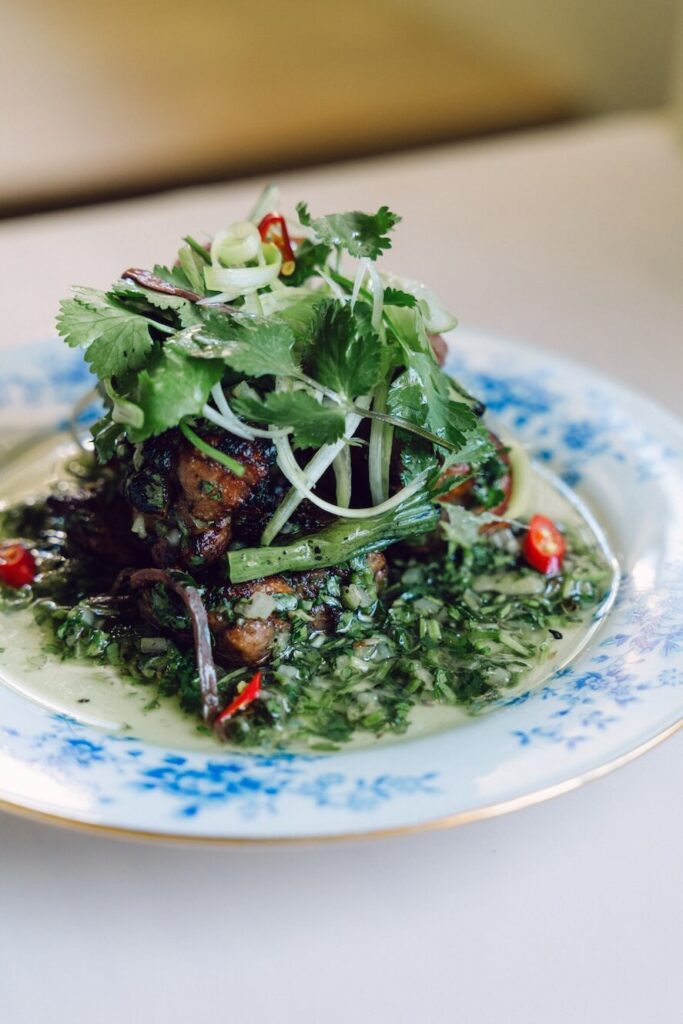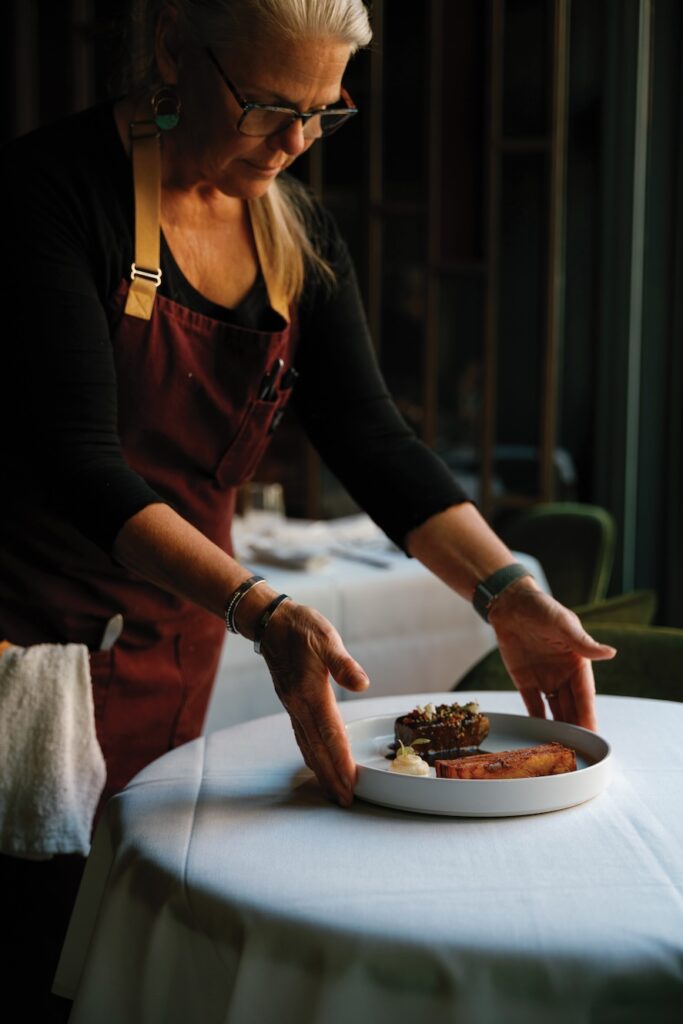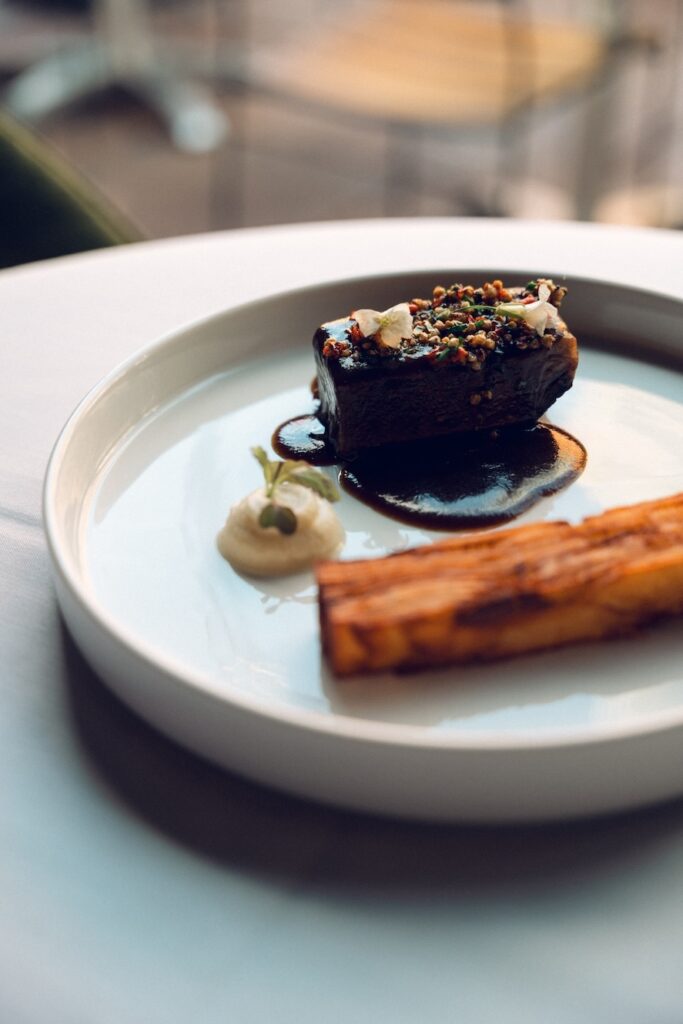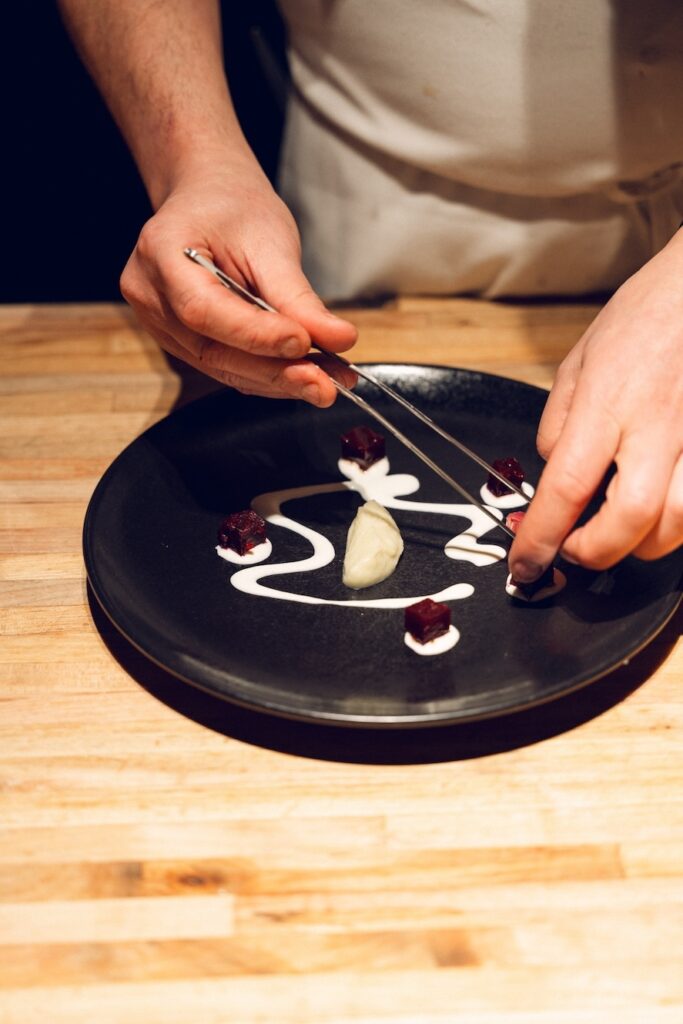Like a lot of people who call the state home, Max Mackissock came to Colorado from a long way off. He grew up mostly in New York, where his introduction to the culinary world was cooking in mom-and-pop Italian restaurants starting at 14 years old. “I fell in love with it, right off the bat,” he says of the kitchen.
It was ski slopes, not frying pans, that lured Mackissock to the Rocky Mountain State in 1998, when he moved to Breckenridge to spend a season snowboarding. After a stint in Italy, he returned to New York in 2001, a few days before the September 11 attacks, which convinced him to go back to Breckenridge and try his hand at food again.

At the time, Mackissock says, what passed for a local “food scene” was very much nascent. Specifically, he sees that era of local dining as having been dominated by an old-school crowd with old-school expectations for the kind of meat and potatoes fare native to Colorado restaurants back then. “The diner wasn’t ready to go outside of the box,” he recalls.
In the two decades since, the food scene in the state has exploded, as many visitors to the state have opened new eyes to the Colorado lifestyle. Then came droves of modern explorers from both coasts, and these more sophisticated palates created a demand for better food. In the early 2000s, Mackissock remembers, “they would tell you not to put fish on the menu, that nobody would eat it,” he says. “Now, we’re getting fresh fish overnighted, and we have these amazing farmers and ranchers—and purveyors who can source products from California in the months when we don’t have a huge abundance of produce.”

Mackissock now runs the Culinary Creative Group and its 14 restaurants across Denver—from the upscale Latin tacos of Mister Oso to the inventive Italian at Bar Dough—thriving in a Colorado food scene that’s all grown up. Even in the resort towns where restaurants might, in the past, have dished out merely serviceable fare to tourists who expected little more, local restaurants have evolved and then some. From Durango to Denver, innovative chefs are opening dynamic new eateries, drawing on their travels and traditions to offer patrons a delectably wide variety of cuisine, from nontraditional Vietnamese to nouveau Mexican. And the world has taken notice: last summer, the MICHELIN Guide added Colorado as its latest destination, noting the state’s “rich culinary community, many creative restaurant teams, and an exciting mix of flavors.”
Johnny Curiel is one of those chefs who helped take Colorado to the next level. He grew up in Breckenridge, and his father owned traditional Mexican restaurants in Denver and Colorado Springs. The style was a familiar kind of comfort food, he says: “100 menu items, queso on every plate, heavy and fatty,” and Curiel wanted to try something different.

So he traveled to different parts of Mexico and learned more about the country’s rich food culture. After several years abroad, Curiel returned to the U.S. and got a job with Richard Sandoval in New York, who was leading a revolution in Latin cuisine. After four years with Sandoval, Curiel returned to Mexico to learn more, and then went back to his home state and some of Denver’s best restaurants, like Guard & Grace, in different roles in the kitchen. He still felt like the scene had a ways to go, that “the East Coast, L.A. and San Francisco always seemed like 10 years ahead of us,” but that changed, especially as chefs began to tap into the bounty of Colorado’s produce and livestock. “We have a lot more to offer than green chile burritos and Rocky Mountain oysters,” he says. Curiel now helms Alma Fonda Fina, in the city’s Lower Highlands neighborhood.
Great food, wine from 200 producers across the state, a booming craft beer scene and creative cocktails can be found far beyond the capital city’s borders, too.

Chef Barclay Dodge grew up in Aspen and has been in the restaurant industry since he was 18 years old. After culinary school in San Francisco, Dodge traveled for five years, working as an executive chef for Auberge Resorts Collection and at one of the world’s most renowned restaurants, Spain’s El Bulli, before returning to Aspen in 1995 with an idea that was ahead of its time: an eatery where he created an array of dishes employing many of the molecular gastronomy tricks he’d learned abroad. While the restaurant got plenty of good press, it was hard to keep the place full, as people saw it only as an option for special occasions, he recalls. So Dodge switched to Bosq, derived from the Spanish bosque, for “forest,” an homage to foraging for products in the woods.
Bosq finds itself in increasingly illustrious company. It’s one of what are now four Aspen restaurants the MICHELIN guide highlights—one being Prospect, Hotel Jerome, Auberge Resorts Collection’s signature restaurant that takes diners on “an epicurean journey into the land that surrounds us, from the mountains to the rivers, across pastures and ranches and through the agriculturally rich flatlands.”

Connor Holdren is the executive chef at Prospect, arriving at the start of 2022 from Auberge du Soleil, in Napa Valley. The growing season is much longer in California, he explains, but working there taught him the importance of employing as much local produce and protein as possible. In Colorado, “we don’t have as much abundance of everything, and we have some very local and specific things we can use, so we really try to stay hyperlocal and true to Colorado, but also to the Roaring Fork Valley,” Holdren says.

In a dish called “The Rivers,” for example, there’s local rainbow trout, a puree of watercress found in local rivers and a bone-broth dashi foam made from the trout’s bones. “Every dish is named after some aspect of the valley,” Holdren explains. “The ‘Walk through the Forest’ is like when you’re lost in the trees snowboarding or skiing, so there’s a wildberry spruce-infused gummy bear nestled in pine branches, a play on the bears in town that come out every year before hibernation.”

The state’s offerings are bursting with similar creative outputs, and they defy easy categorization. Ni Nguyen started working at his mother’s pho restaurant in California in 2010, first as a cashier and then boiling noodles. He fell in love with it, “with the motion, the intentionality of food,” he says, and begged his parents to support his dropping out to go to culinary school, which was “a super hard thing to do as a first-generation Vietnamese American. They were hesitant.” In school, Nguyen met his wife, Anna, who was from Colorado, and after working at various restaurants in California, the pair moved to Denver, in 2014. “It just wasn’t very diverse,” Nguyen says of the food scene in the city then. “You saw a lot of the same flavors, not a lot of fish sauce.”
The couple left for LA, working for several top chefs, returning to Denver in 2020 to open Sap Sua, where they combined Nyugen’s heritage with their new wealth of experience. It is regarded as one of the city’s most inventive restaurants.

Colorado was due to evolve, according to chef Jennifer Jasinski, who moved to Denver from California after falling in love with the state’s natural beauty on a tour of the country with her mentor, the famed chef Wolfgang Puck. She started as executive chef at the local Italian restaurant Panzano and ignored the advice not to put fish on the menu, replacing the veal in an osso buco dish with monkfish, the meat in tortellini with an artichoke mousse. She then opened a Mediterranean restaurant, Rioja, with Panzano’s business manager, winning a James Beard award in 2013.
A confluence of circumstances make Colorado a destination. Luckily, in Colorado, the latter is easier to find than ever.


